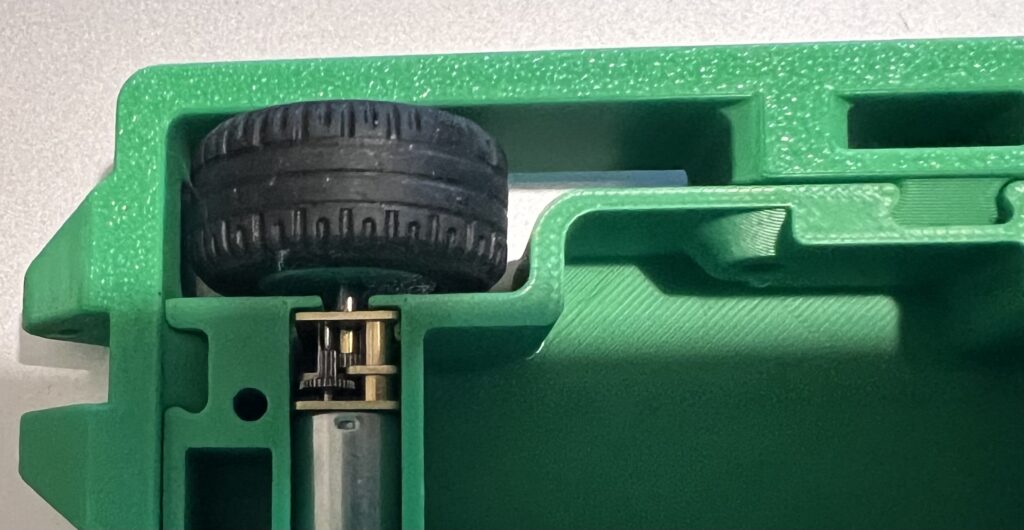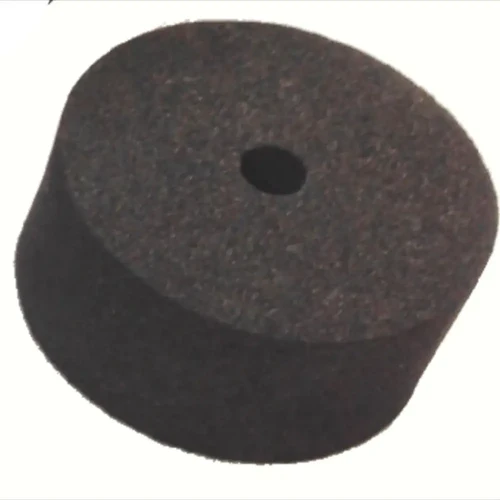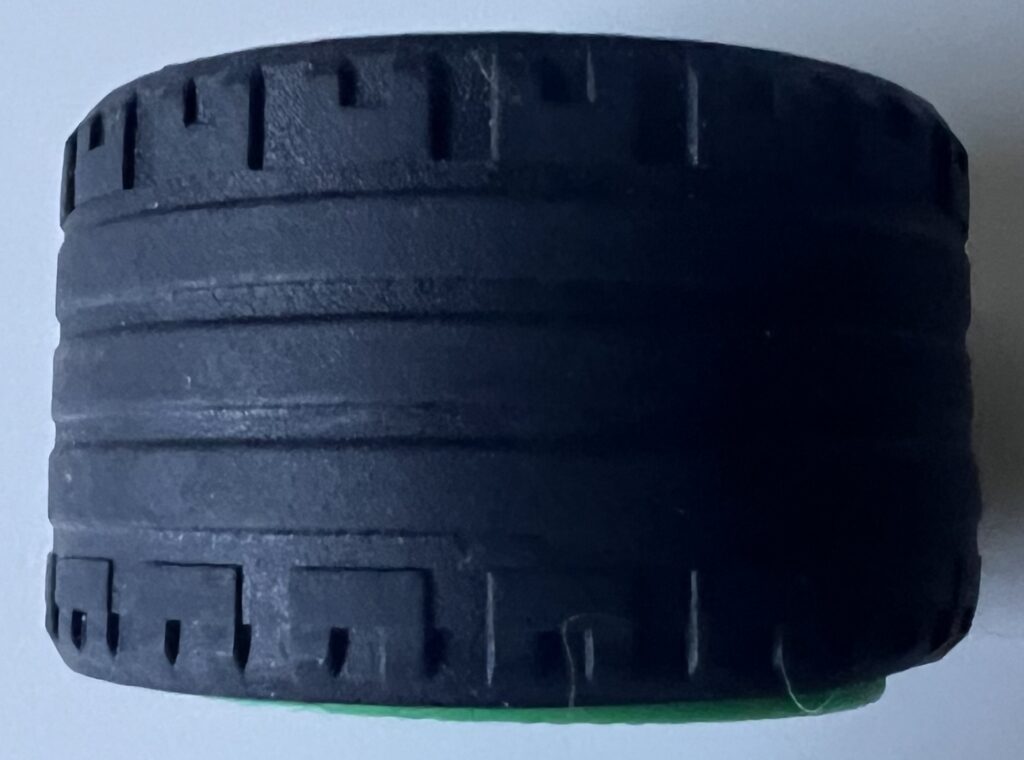In combat robotics, traction isn’t just about speed—it’s about control, pushing power, and positioning. Whether you’re building a wedge bot, a vertical spinner, or especially a control-bot, effective traction can be the edge that wins fights.
Drivetrain Traction in Antweights
Traction is even more important with antweights (under 1 lb or 150g) than in heavier classes. Antweights have very little weight pressing down on their wheels, which naturally reduces the grip (normal force × friction coefficient). Since they can’t rely on mass for traction, optimizing wheel design and material becomes more critical. Better control and pushing power will win matches.

Weapons can also be effected by drivetrain traction. Antweights often use powerful weapons relative to their size (like spinning discs). If they don’t have enough traction, firing the weapon can spin the whole bot or cause it to flip. Traction helps stabilize the bot during these moments.
In this post, I’ll break down the best materials, design strategies, and tips to get the most grip for your 1-pound shredding machine.
Understanding Traction in Combat Robotics
Traction is the friction between your robot’s wheels (or tracks) and the arena floor. Better traction means:
- More pushing force (better shoving and defense)
- Improved maneuverability
- Faster acceleration without slipping
- Greater stability under weapon recoil
Wheel Material: Grip Starts Here
The choice of tire material makes a massive difference. Popular antweight traction materials include:
- Silicone Rubber (e.g., poured wheels): Offers high grip and shock absorption. Custom pouring with Shore 20A–40A silicone yields excellent performance.
- Foam Rubber (e.g., Lite Flite tires): Lightweight and decent grip but may compress under load.
- 3D-Printed TPU: Flexible and customizable, but grip varies by TPU brand and print settings.
- Neoprene or Latex O-Rings: Often used on plastic hubs for quick, grippy wheels.

If you happen to have access to a durometer tester (a meter that measures the hardness of materials, particularly rubber and plastic), select rubber compounds in the softer Shore A scale (20A–40A) for ideal traction.
Tread Design: Smooth vs. Patterned
While smooth tires offer maximum surface contact, patterned treads can perform better on dusty or inconsistent arena floors. Try different styles:
- Siped treads: Fine cuts to increase flexibility. These sipes, or slits, work by creating more biting edges that can grip the arena floor surface better.
- Chevron/V patterns: Improve grip during directional changes
- Custom-cut foam or rubber inserts: Offer tailored performance for your drivetrain
Avoid overly aggressive treads, which can shred or delaminate in battle.

Wheel Size and Contact Patch
- Larger diameter wheels give better top speed and ground clearance.
- Wider wheels increase the contact patch, distributing weight and improving grip—but add weight and reduce turning agility.
Find your sweet spot: Many builders use 1.5”–2” diameter wheels with 0.5”–0.75” width.
Weight Distribution and Downforce
Even the grippiest wheels are useless if they don’t have weight over them.
- Balance your bot so that drive wheels carry the majority of the weight.
- For wedge bots, slightly biasing weight rearward increases forward traction for pushing.
- Add low-slung armor or underbody mass to increase normal force without raising the center of gravity.
In some cases, magnets can be used to add downforce if the arena floor is ferromagnetic—though that’s not legal in all competitions. Always check with tournament organizers to see if magnets are legal in their competition.
Hub Design and Tire Retention
Nothing kills traction faster than a slipping tire. Ensure your wheels are:
- Firmly bonded or press-fit to the hubs
- Using adhesives like CA glue or rubber cement for poured silicone. Bonding tape (glue on a roll) is another excellent choice for tire adhesive.
- Designed with retention lips or grooves for O-ring style tires
For high-traction setups, screw-retained or over-molded hubs can survive spinner hits without losing their tires.
Maintenance and Surface Prep
- Clean your wheels before each match—dust and debris kill traction.
- Use rubbing alcohol or silicone-safe degreasers to restore grip.
- Rotate tires if one side gets worn more than the other.
Also, inspect for chunking, warping, or bonding failures between matches.
Final Thoughts
In a weight class where every gram counts and a few inches of pushing can mean victory, traction isn’t just a detail—it’s a indispensable factor. By focusing on high-quality materials, smart wheel geometry, and proper bot balance, you can dramatically improve your bot’s competitive edge.
Check out more info on combat robotics on my Knowledge Base page.
